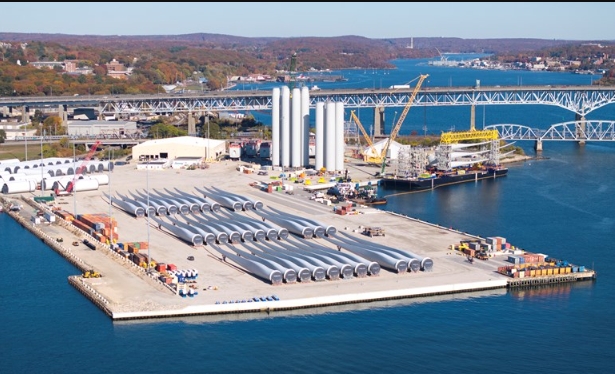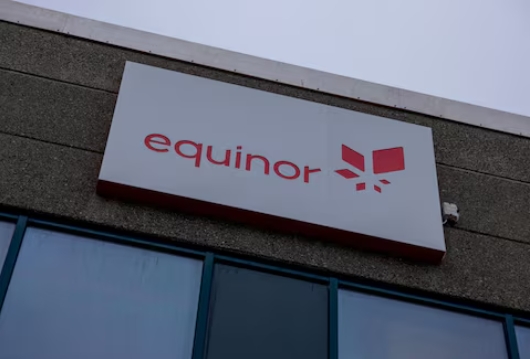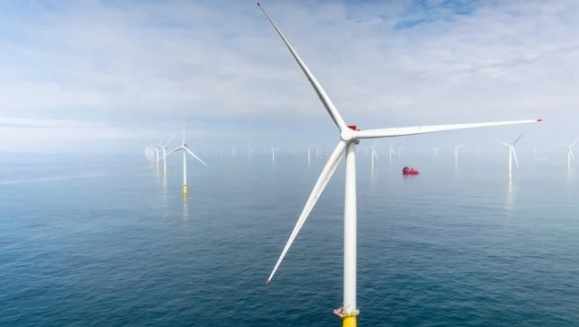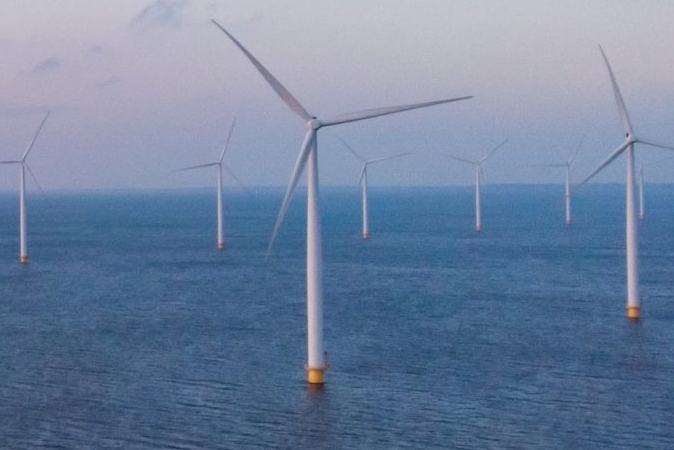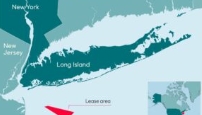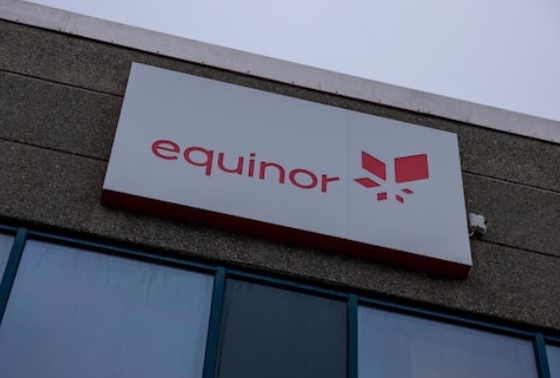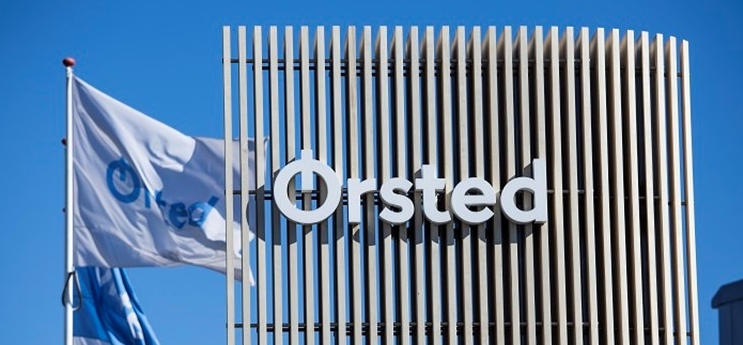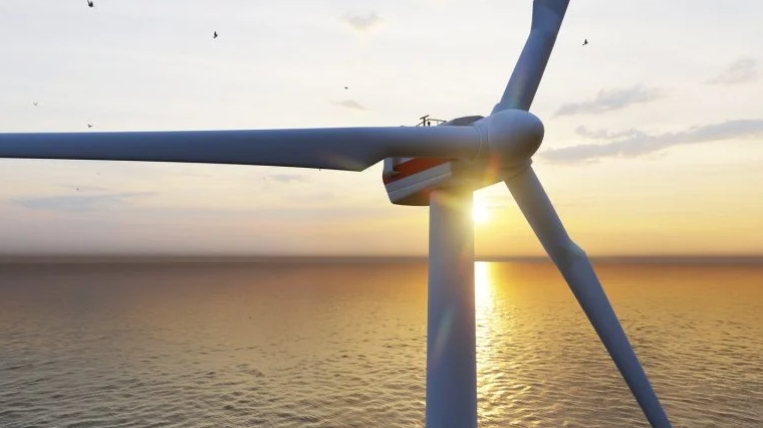Europe’s largest solar market could make huge strides towards renewable targets and de-escalate land conflicts if it acts to promote floating systems on artificial lakes, a study has said.
Germany holds a 56GWp theoretical potential for floating solar across the manmade water bodies that sit by its opencast mines, according to a review carried out by Fraunhofer ISE researchers on behalf of developer BayWa r.e.
The scientists reached the 56GWp figure after assessing 500 opencast ponds at Germany’s lignite coal mines, a collective 47,251 hectares of water bodies. Once areas earmarked for conservation and tourism were set aside, the nation-wide potential still reached 2.74GWp, the review found.
Researchers identified the biggest floating PV potential in Central Germany and Lusatia, an area bordering Poland and slated to become one of Europe’s key artificial lake hotspots. These opencast mining regions are, the study said, well suited to floating because they are already linked to the grid.
Fraunhofer ISE used the findings as basis to call for Germany to sponsor floating PV, offering state support that helps close the 10-15% cost gap between the segment and cheaper ground-mount plants. PV on water should be “privileged” given its land-neutral status, the institute argued.
“It would make sense to have innovation tenders especially for floating PV and other area-neutral PV power plants that still need a market boost,” said Dr. Harry Wirth, Fraunhofer ISE’s head of Photovoltaic Modules and Power Plants.
Dedicated tenders aside, Germany should reclassify opencast lakes as conversion areas for renewable purposes, Fraunhofer ISE said. Floating PV should become a default part of mine redevelopment plans, with mechanisms added to ensure environmental impacts are understood and citizens can get involved, the institute said.
BayWa r.e. – the firm commissioning the analysis – echoed the calls for dedicated support to floating PV, with head of Power Plant Engineering Edgar Gimbel urging Germany to create the “right framework” and simplify the approval process. The developer has become a rising force in European floating PV, having completed a 25MW duo last year and planning to follow with 100MW in 2020.
